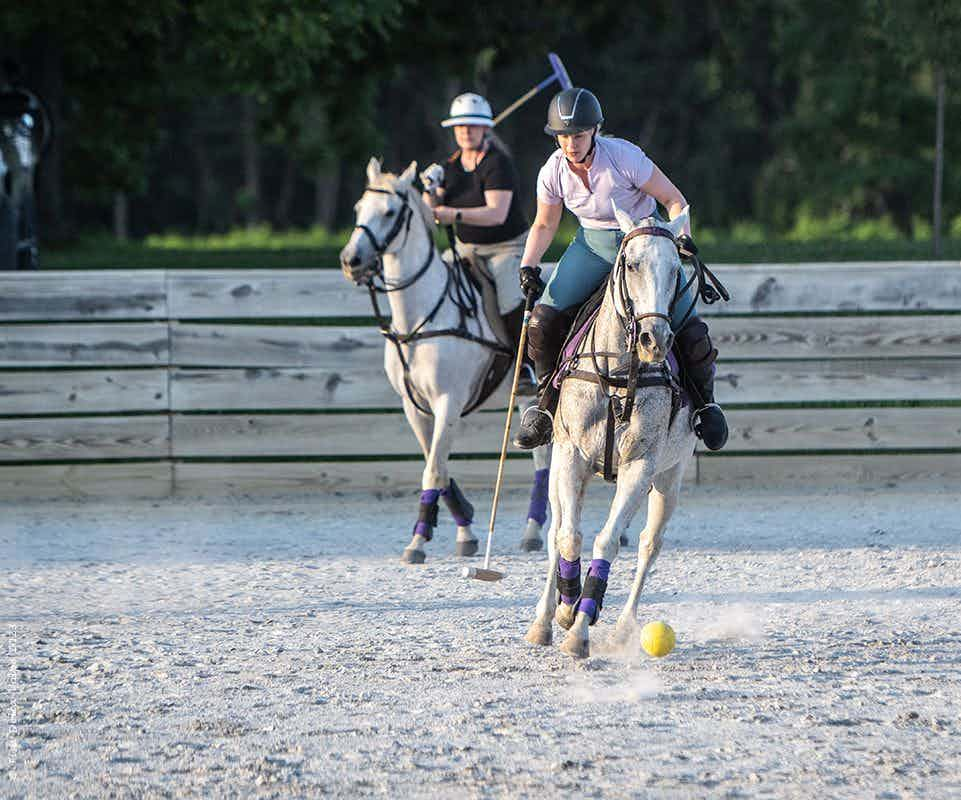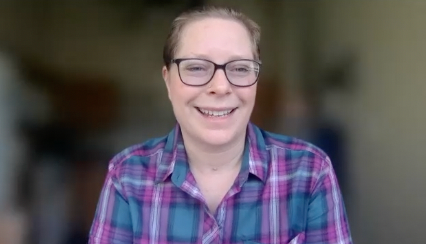Supply and demand: Equine racing challenges grow as foal numbers drop
The number of registered Thoroughbred foals is declining as horse racing faces increasing economic challenges.
NATIONAL REPORT — The number of registered Thoroughbred foals is declining as horse racing faces increasing economic challenges. The result has placed greater economic stress on equine practitioners serving fewer patients overall.
While Jockey Club officials will begin to assess totals submitted by stallion owners this month, the estimated foal crop this year is 27,000—a 10 percent drop over the prior year and the lowest number since 1973, says Club spokesman John Cooney. The registered foal crop has steadily decreased since 2007, now approximately one-fifth its size then.
"How those early returns compare to recent years," Cooney says, "that tends to play a role in how we arrive at the estimate."
But the newest estimates will be released in mid-August, and some veterinarians believe the numbers will again drop.
For Jim Prendergast, DVM, an equine practitioner based in New York in the summer and Florida in the winter and 40-year veteran of the racetrack, that means a less lucrative business.
"This is the first economic situation I've felt it from the foal crop," he says. "The foal crop and economy started (dropping)about two years ago. A client back then may have had 12 or 15 (horses) before and now has one or two."
In addition, Prendergast says clients who used to pay within the month now sometimes take 60 or 90 days to settle their bills, and larger practices have become more aggressive than they were in the past in soliciting work.
Prendergast points to the economy's impact on horse racing as the basis for a shorter client roster, more financial challenges and the drop in foal numbers.
"Too many people in the breeding business were spending too much money, and it costs just as much to keep a good or bad mare," he says. "People are just so heavily leveraged. They are forced to pull back."
John Mitchell, DVM, president-elect of the American Association of Equine Practitioners (AAEP) and a longtime racetrack practitioner in Florida, concurs with the economy's impact and adds that societal shifts also aided in the foal crop's decrease over time.
"[A number of factors] have led to a decrease in foal crop numbers: the economy, the movement away from agrarian society, the decrease in racing days and the efforts of the Unwanted Horse Coalition and retirement groups to discourage indiscriminate breeding," he says. "The decrease in indiscriminate breeding is a very good movement; we can accept decreases in numbers if we are moving toward fewer horses that are better cared for."
Indeed, Americans have less land to care for horses, and fewer are doing so.
"We've evolved from people having horses on their own property and then to the public stable on the edge of town," Mitchell explains. "Now, with town growth and public stables pushed out of business, the economy's not strong enough for them to move (farther) out and relocate. Then, we lose horses."
At the same time, the number of races on the racetrack circuit and the value of purses have dropped, which Mitchell says is also a great concern.
"Equine practitioners that spend most of their work time at race tracks, training facilities, race horse sales prep and evaluation and hospitals that have a large race horse case load are going to see a decrease in the number of horses in their practices."
This has certainly been the case for Prendergast.
"In summertime, I usually have seven or eight clients, and I currently have two and a half," he says. "I'm a solo practitioner, and I'm lucky I don't have a lot of overhead, but there are group practices that have built-in overhead that are struggling."
Mitchell also notes that, in addition to racetrack practitioners, racing horses are supported by a variety of other entities that employ veterinarians, including large family farms, commercial farms, and sales preparation and training centers. These portions of the industry, he says, maintains the breeding stock, supplies young horses to the industry, rests and rehabs race horses and provides retirement areas for race horses.
"As the need for race horses diminishes, these employees may have to move into other areas," he says. "Many veterinarians serve in this part (of the) industry and the loss of these jobs is a great concern to the veterinary profession."
Also of concern, Prendergast notes, is that the structure of the racing industry has become such that horses get less rest.
"In the 70s ... horses would get the winters off," he says. "Now, if you say a horse needs six months off, they give them six weeks and get a new trainer. We still have good owners ... but if we did stop and rest them (more) and they would go to a rehab farm, it would help the farm vets' business."
Prendergast further suggests that the decline in the foal crop and horse racing were somewhat inevitable.
"I started doing this in '71. Then, it was still truly a sport," he says. "The majority were in it for the sport and not necessarily for the financial gain."
As the years passed, however, more money was to be made in horse racing, fortune seekers cropped up, and the industry thrived. "Just like the tech and real estate bubbles," he adds, "people prospered that probably hadn't paid their dues and got into a business that was flourishing, and now (our) bubble is deflating."










